Home>Furniture & Design>Interior Design Trends>How To Waterproof Home Decor Fabric
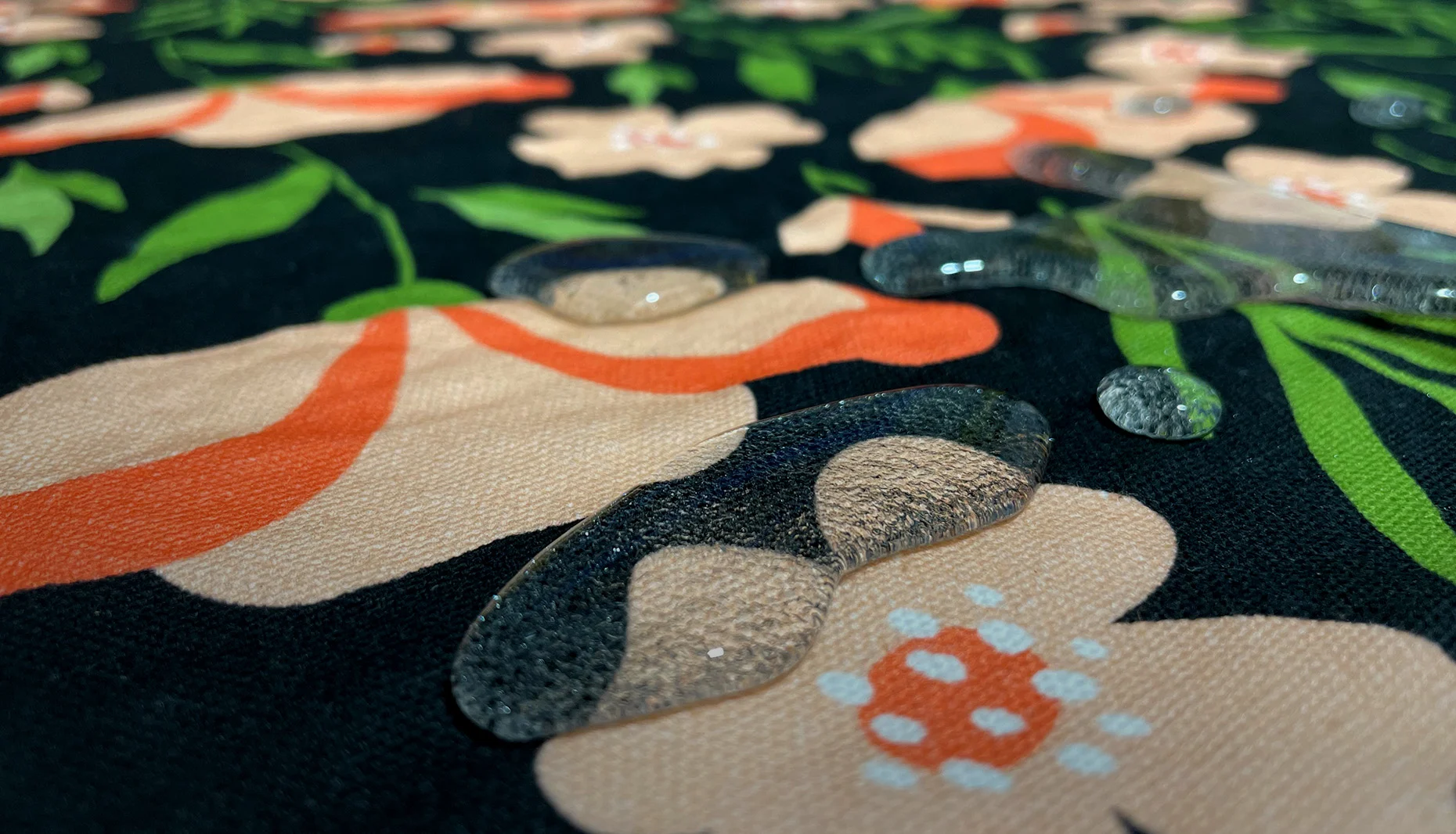

Interior Design Trends
How To Waterproof Home Decor Fabric
Modified: January 3, 2024
Learn how to waterproof home decor fabric to protect your interior design investments. Stay on top of the latest interior design trends with our expert tips.
(Many of the links in this article redirect to a specific reviewed product. Your purchase of these products through affiliate links helps to generate commission for Storables.com, at no extra cost. Learn more)
Understanding the Importance of Waterproofing Home Decor Fabric
When it comes to interior design, the fabric is a crucial element that can enhance the aesthetic appeal of a space. Whether it's the upholstery on a sofa, the drapery adorning windows, or the cushions on a cozy armchair, the choice of fabric significantly impacts the overall look and feel of a room. However, one often overlooked aspect of home decor fabric is its susceptibility to moisture and stains. Spills, splashes, and humidity can pose a threat to the longevity and beauty of these fabric elements, making it essential to consider waterproofing as a protective measure.
In today's article, we will delve into the world of waterproofing home decor fabric, exploring the importance of this process and providing valuable insights into the methods and techniques involved. By understanding the significance of waterproofing and learning how to effectively implement it, you can safeguard your beloved fabric furnishings against potential damage, ensuring that they remain pristine and visually appealing for years to come.
Join us on this enlightening journey as we unravel the secrets of preserving and protecting home decor fabric through the art of waterproofing. Whether you're a design enthusiast, a homeowner seeking to elevate your living space, or a professional in the interior design industry, the knowledge you gain from this exploration will undoubtedly empower you to make informed decisions and take proactive steps in maintaining the beauty and functionality of your fabric-based decor. Let's embark on this adventure together and discover the transformative potential of waterproofing in the realm of interior design.
Key Takeaways:
- Protect your fabric furnishings by waterproofing them to guard against spills, stains, and moisture, ensuring they remain visually appealing and long-lasting in your living space.
- Choose the right waterproofing method and care for your fabric items to maintain their beauty and functionality, empowering you to enjoy their enduring elegance with confidence.
Read more: What Is Home Decor Weight Fabric
Understanding Home Decor Fabric
Home decor fabric encompasses a diverse array of textile materials specifically designed for use in interior design applications. From upholstery and drapery to pillows and bedding, these fabrics play a pivotal role in shaping the visual and tactile experience of a living space. Understanding the characteristics and properties of home decor fabric is essential for making informed decisions regarding its care and maintenance, including the crucial process of waterproofing.
One of the fundamental aspects to consider when evaluating home decor fabric is its composition. Fabrics can be natural, synthetic, or a blend of both, each offering unique attributes that influence their performance and suitability for different applications. Natural fibers such as cotton, linen, wool, and silk are valued for their luxurious texture and breathability, while synthetic materials like polyester, nylon, and acrylic are prized for their durability and resistance to wrinkles and stains.
Additionally, the weave and construction of fabric contribute to its overall appearance and functionality. Whether it’s a tightly woven, smooth fabric for upholstery or a sheer, loosely woven textile for drapery, the weave impacts factors such as texture, drape, and light filtration. Understanding these distinctions is crucial for selecting the right fabric for a particular design vision and ensuring that it aligns with the practical requirements of the space.
Furthermore, the aesthetic appeal of home decor fabric is closely tied to its pattern, color, and texture. Whether it’s a bold, geometric print for accent pillows or a subtle, textured fabric for a statement armchair, the visual impact of fabric can elevate the entire room’s design scheme. These design elements contribute to the ambiance and personality of a space, allowing for endless creative possibilities in interior decoration.
By gaining a deeper understanding of the diverse nature of home decor fabric, you can appreciate its role as a versatile and expressive medium in interior design. This comprehension serves as the foundation for making informed choices in fabric selection, care, and enhancement, ultimately contributing to the creation of inviting, functional, and visually captivating living environments.
Choosing the Right Waterproofing Method
When it comes to safeguarding home decor fabric from moisture, choosing the appropriate waterproofing method is paramount. Several techniques and products are available, each offering distinct advantages based on the fabric type, intended use, and desired level of protection.
One of the most common methods of waterproofing fabric is through the application of waterproofing sprays or solutions. These products form a protective barrier on the fabric’s surface, repelling liquids and preventing them from seeping into the fibers. Waterproofing sprays are particularly effective for fabrics that cannot be easily submerged or are sensitive to moisture, such as upholstery and decorative pillows. They offer a convenient and versatile solution for enhancing the fabric’s resistance to spills and stains without significantly altering its texture or appearance.
For larger fabric items or those that require comprehensive waterproofing, such as outdoor cushions or drapery, the use of waterproofing treatments that are applied through soaking or washing may be more suitable. These treatments often involve specialized waterproofing agents that penetrate the fabric at a molecular level, creating a durable and long-lasting barrier against moisture. While this method may require more effort and careful handling, it provides thorough protection for fabrics exposed to outdoor elements or high levels of humidity.
Another consideration when choosing a waterproofing method is the breathability of the fabric. Fabrics that need to maintain their breathability, such as those used for outdoor furniture or bedding, require waterproofing techniques that preserve their airflow and moisture-wicking properties. Selecting breathable waterproofing products or methods ensures that the fabric remains comfortable and functional while being shielded from water and spills.
Additionally, the environmental impact and sustainability of the waterproofing method should be taken into account. Opting for eco-friendly waterproofing solutions aligns with a conscientious approach to interior design and contributes to the preservation of natural resources. Many manufacturers offer water-based and environmentally friendly waterproofing products that deliver effective protection while minimizing harm to the environment.
By carefully evaluating the specific requirements of the fabric and the intended application, you can make an informed decision regarding the most suitable waterproofing method. Whether it’s a quick and easy spray application for indoor fabrics or a thorough soaking treatment for outdoor textiles, selecting the right waterproofing method ensures that your home decor fabric remains beautiful, functional, and resilient in the face of moisture and spills.
Preparing the Fabric for Waterproofing
Before embarking on the process of waterproofing home decor fabric, it is essential to ensure that the fabric is adequately prepared to receive the protective treatment. Proper preparation not only enhances the effectiveness of the waterproofing process but also contributes to the longevity of the treatment and the fabric’s overall performance.
The first step in preparing the fabric for waterproofing involves thorough cleaning. Any dirt, dust, or stains present on the fabric surface can interfere with the adhesion and penetration of the waterproofing treatment. Depending on the fabric type and manufacturer’s recommendations, cleaning may involve gentle hand washing, spot cleaning, or professional dry cleaning. It is crucial to allow the fabric to dry completely before proceeding with the waterproofing treatment to prevent trapping moisture within the fibers.
Once the fabric is clean and dry, it is essential to assess its condition and address any existing damage or wear. Inspect the fabric for signs of fading, discoloration, or weakened areas, as waterproofing may accentuate these imperfections. Repair any loose threads, seams, or tears before applying the waterproofing treatment to ensure that the fabric is in optimal condition and ready to withstand the protective process.
For fabrics with a textured or uneven surface, such as upholstery or woven materials, gentle brushing or vacuuming can help remove embedded dirt and debris, ensuring that the waterproofing treatment adheres uniformly across the fabric’s entire surface. This step is particularly important for achieving consistent waterproofing results and maintaining the fabric’s visual appeal.
Furthermore, if the fabric has been previously treated with stain repellents or fabric protectors, it is advisable to remove these residues before applying the waterproofing treatment. Residual coatings can interfere with the bonding of the new waterproofing product, potentially compromising its effectiveness. Utilizing a fabric-safe cleaning solution or following the manufacturer’s guidelines for residue removal helps prepare the fabric for optimal waterproofing results.
By investing time and care in preparing the fabric for waterproofing, you pave the way for a successful and enduring protective treatment. This proactive approach not only maximizes the benefits of waterproofing but also contributes to the fabric’s overall resilience, ensuring that it remains a cherished and long-lasting element of your interior decor.
To waterproof home decor fabric, use a waterproofing spray specifically designed for fabric. Test it on a small, hidden area first to ensure it doesn’t change the fabric’s color or texture. Apply the spray in a well-ventilated area and let it dry completely before using the fabric.
Applying Waterproofing Treatment
Once the fabric is properly prepared, the application of the waterproofing treatment is a critical phase in the protective process. Whether using a spray, solution, or soaking method, the application should be approached with care and precision to ensure thorough coverage and optimal effectiveness.
For fabrics that can be treated on a flat surface, such as cushions, drapery, or table linens, laying the fabric out on a clean, dry area is ideal for even application. It is essential to work in a well-ventilated space and protect surrounding surfaces from overspray or drips. If using a waterproofing spray, holding the canister at the recommended distance and applying even, overlapping passes ensures that the treatment penetrates the fabric’s fibers uniformly, creating a consistent barrier against moisture.
When applying waterproofing solutions or treatments that require soaking, immersing the fabric in the prepared solution and gently agitating it ensures that the treatment permeates the fabric thoroughly. Following the manufacturer’s instructions regarding soaking time and agitation technique is crucial for achieving the desired level of waterproofing without compromising the fabric’s integrity or texture.
It is important to allow the treated fabric to dry completely according to the product’s guidelines. This step is essential for the waterproofing treatment to bond with the fabric and form a durable, protective layer. Depending on the treatment type and environmental conditions, drying may occur naturally in a well-ventilated area or require the use of fans or low heat to expedite the process while maintaining the fabric’s integrity.
When waterproofing large or bulky fabric items, such as outdoor furniture cushions or upholstery, it is advisable to test a small, inconspicuous area first to assess the treatment’s compatibility with the fabric and its impact on the color and texture. This precautionary step allows for adjustments and ensures that the waterproofing treatment meets the desired expectations before proceeding with the entire item.
Additionally, when working with delicate or specialty fabrics, such as silk or vintage textiles, consulting with a professional fabric care specialist or following the manufacturer’s recommendations is crucial to determine the most suitable waterproofing approach that preserves the fabric’s unique characteristics.
By approaching the application of waterproofing treatment with attentiveness and adherence to best practices, you can effectively fortify your home decor fabric against the detrimental effects of moisture, prolonging its beauty and functionality in your living space.
Read more: Who Carries Spencer Home Decor Fabrics
Caring for Waterproofed Fabric
After successfully waterproofing your home decor fabric, proper care and maintenance are essential to preserve the effectiveness of the treatment and prolong the fabric’s beauty and functionality. By incorporating thoughtful practices into your fabric care routine, you can ensure that the waterproofing treatment continues to provide reliable protection against moisture and spills.
Regular maintenance, such as gentle cleaning and periodic inspection, is crucial for upholding the fabric’s waterproofing capabilities. For fabrics used in high-traffic areas or exposed to outdoor elements, routine spot cleaning with a mild detergent and water can help remove surface dirt and prevent it from compromising the waterproofing treatment. Promptly attending to spills and stains minimizes the risk of them permeating the fabric and undermining its protective barrier.
When cleaning waterproofed fabric, it is important to avoid harsh chemicals, abrasive cleaners, or vigorous scrubbing, as these can diminish the effectiveness of the waterproofing treatment and compromise the fabric’s integrity. Opting for fabric-safe cleaning products and employing gentle, blotting motions when addressing stains helps maintain the fabric’s protective coating while safeguarding its appearance and texture.
Periodic reapplication of the waterproofing treatment is recommended to reinforce the fabric’s resistance to moisture and ensure long-term protection. Over time, factors such as exposure to sunlight, frequent use, and cleaning may gradually diminish the effectiveness of the initial waterproofing treatment. Assessing the fabric’s water repellency and considering reapplication in accordance with the manufacturer’s guidelines helps sustain its durability and performance.
When storing waterproofed fabric items, such as outdoor cushions or seasonal decor, proper ventilation and protection from moisture are essential. Storing fabric in a dry, well-ventilated area and utilizing breathable fabric covers or storage containers helps prevent the accumulation of humidity and preserves the integrity of the waterproofing treatment during periods of non-use.
Furthermore, when caring for waterproofed fabric, it is beneficial to be mindful of environmental factors that can impact its longevity. Shielding outdoor fabric from prolonged exposure to harsh weather conditions, such as excessive sunlight, rain, or snow, contributes to the preservation of the waterproofing treatment and extends the fabric’s lifespan.
By integrating these proactive care practices into your fabric maintenance routine, you can uphold the effectiveness of the waterproofing treatment and prolong the beauty and functionality of your home decor fabric. Embracing a conscientious approach to fabric care ensures that your cherished fabric furnishings continue to enrich your living space with enduring elegance and resilience.
Conclusion
As we conclude our exploration of waterproofing home decor fabric, it becomes evident that this protective process is a valuable investment in preserving the beauty, functionality, and longevity of fabric elements within your living space. By understanding the nuances of home decor fabric, selecting the right waterproofing method, and executing the treatment with care and precision, you can fortify your fabric furnishings against the challenges posed by moisture and spills.
Waterproofing empowers you to enjoy your fabric items with confidence, knowing that they are equipped to withstand everyday mishaps and environmental influences without compromising their visual appeal or structural integrity. Whether it’s the plush upholstery on your sofa, the elegant drapery adorning your windows, or the inviting cushions on your outdoor furniture, waterproofed fabric enhances your living environment with enduring style and resilience.
Moreover, the conscientious care and maintenance of waterproofed fabric further reinforce its protective capabilities, ensuring that the initial treatment continues to serve as a reliable defense against moisture and stains. By integrating gentle cleaning practices, periodic reapplication of the waterproofing treatment, and thoughtful storage measures, you uphold the fabric’s durability and extend its lifespan, allowing it to grace your home with enduring elegance.
Ultimately, the art of waterproofing home decor fabric transcends mere protection; it embodies a commitment to nurturing and preserving the essence of your living space. It empowers you to embrace the beauty of fabric without reservation, knowing that it has been fortified to withstand the demands of daily life while retaining its allure and comfort.
As you embark on your journey of fabric waterproofing and care, may this knowledge embolden you to elevate your interior design endeavors, infusing your living space with the timeless allure of fabric elements that stand resilient against the passage of time and the whims of nature.
With each thoughtful application of waterproofing treatment and every gentle act of fabric care, you honor the artistry and craftsmanship woven into your fabric furnishings, ensuring that they remain cherished and captivating elements of your home for years to come.
Embrace the transformative potential of waterproofing, and let your fabric decor shine as a testament to enduring beauty and unwavering resilience in the heart of your home.
Frequently Asked Questions about How To Waterproof Home Decor Fabric
Was this page helpful?
At Storables.com, we guarantee accurate and reliable information. Our content, validated by Expert Board Contributors, is crafted following stringent Editorial Policies. We're committed to providing you with well-researched, expert-backed insights for all your informational needs.
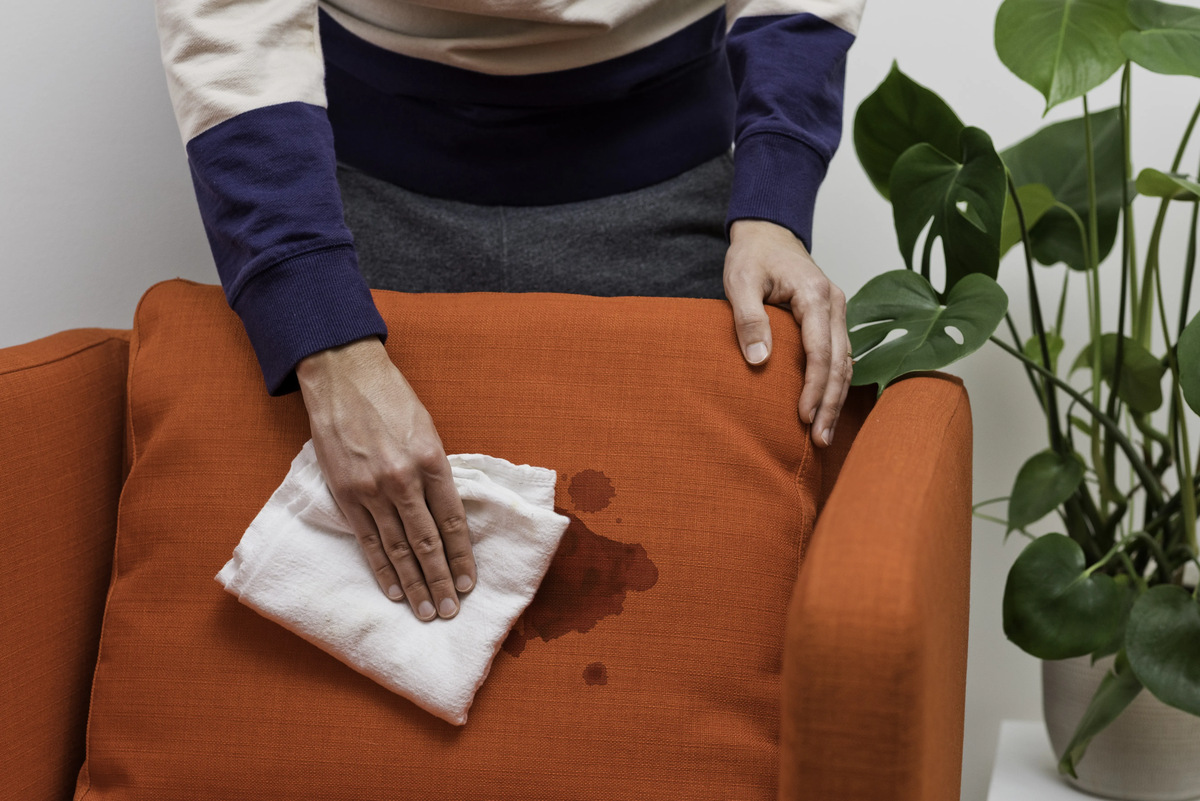
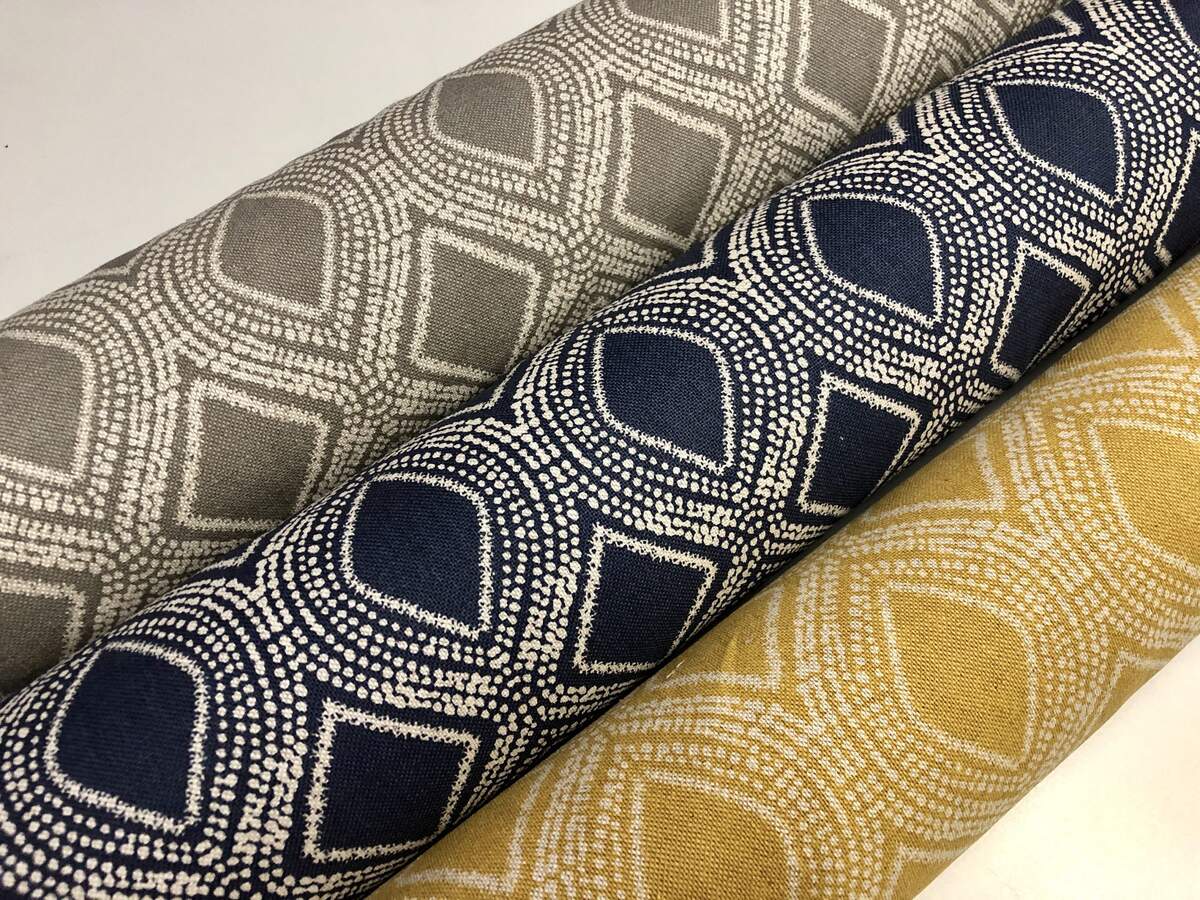
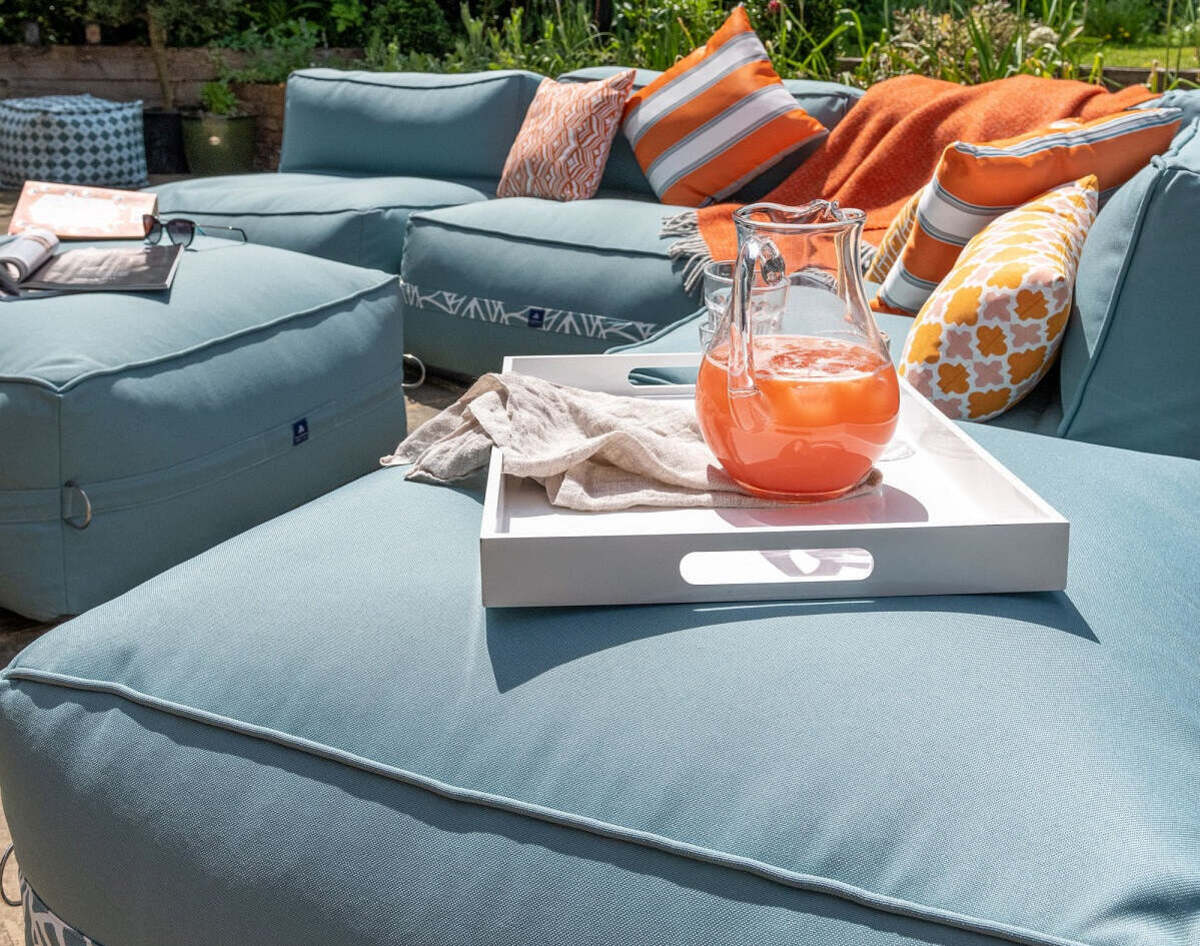

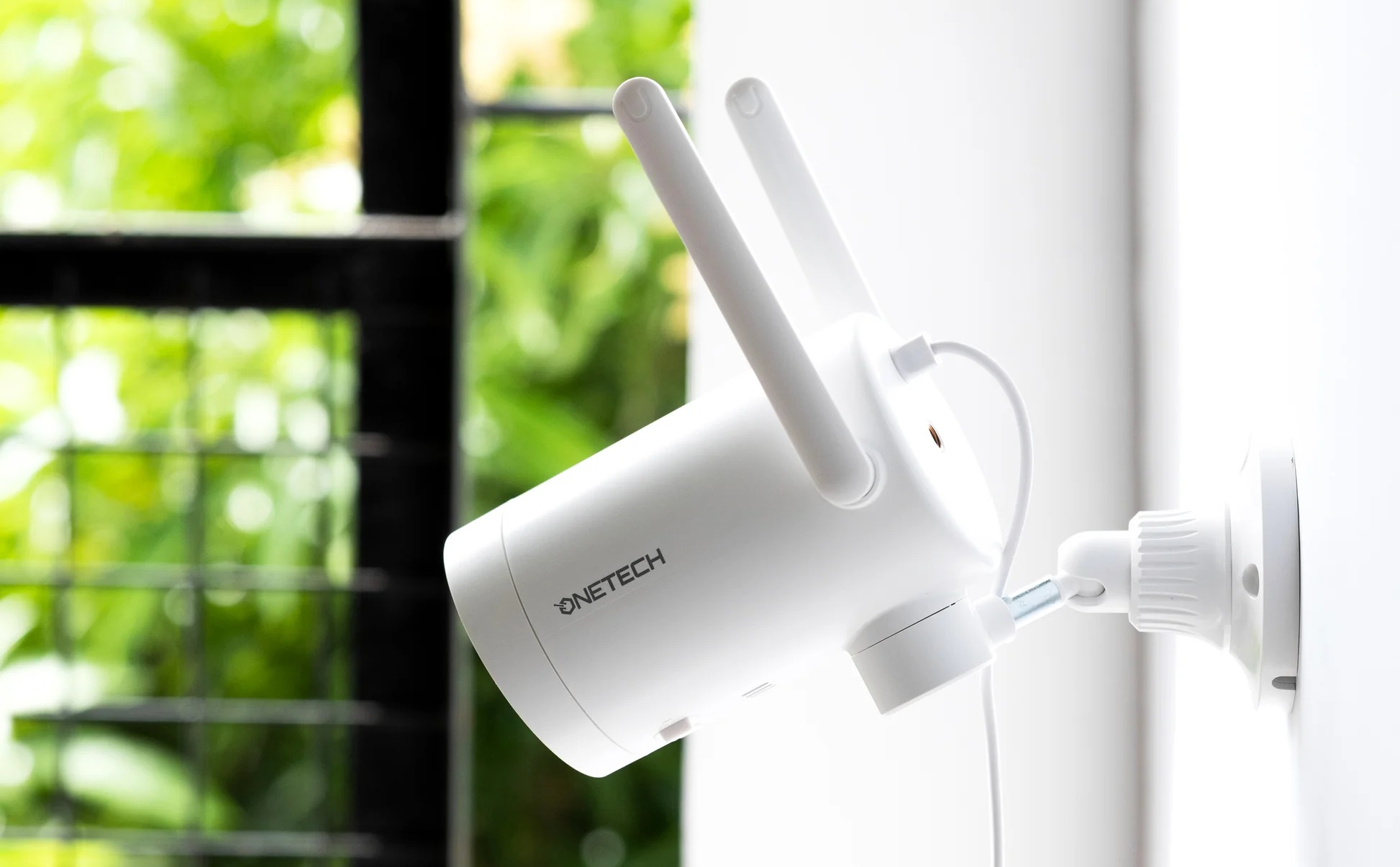
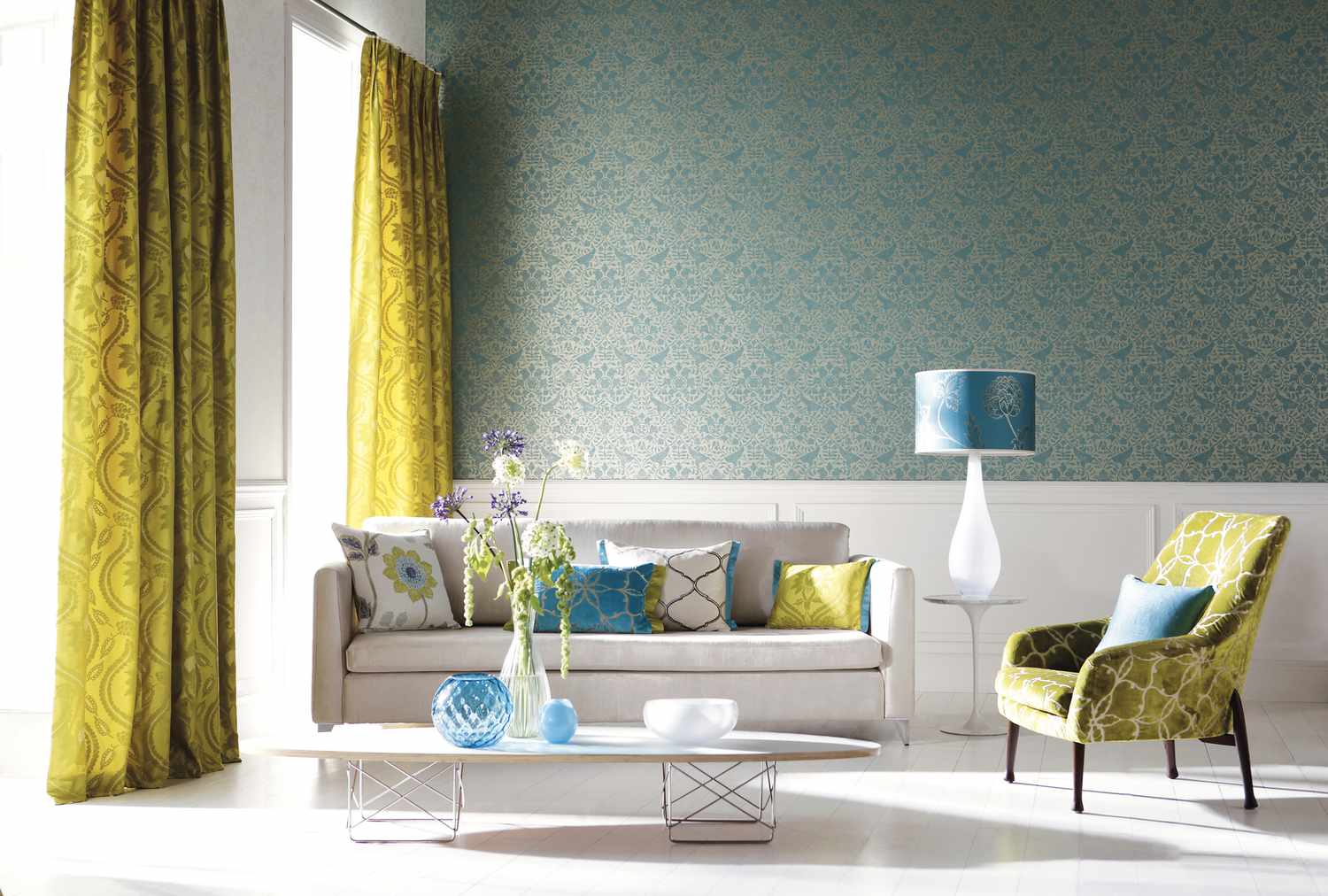
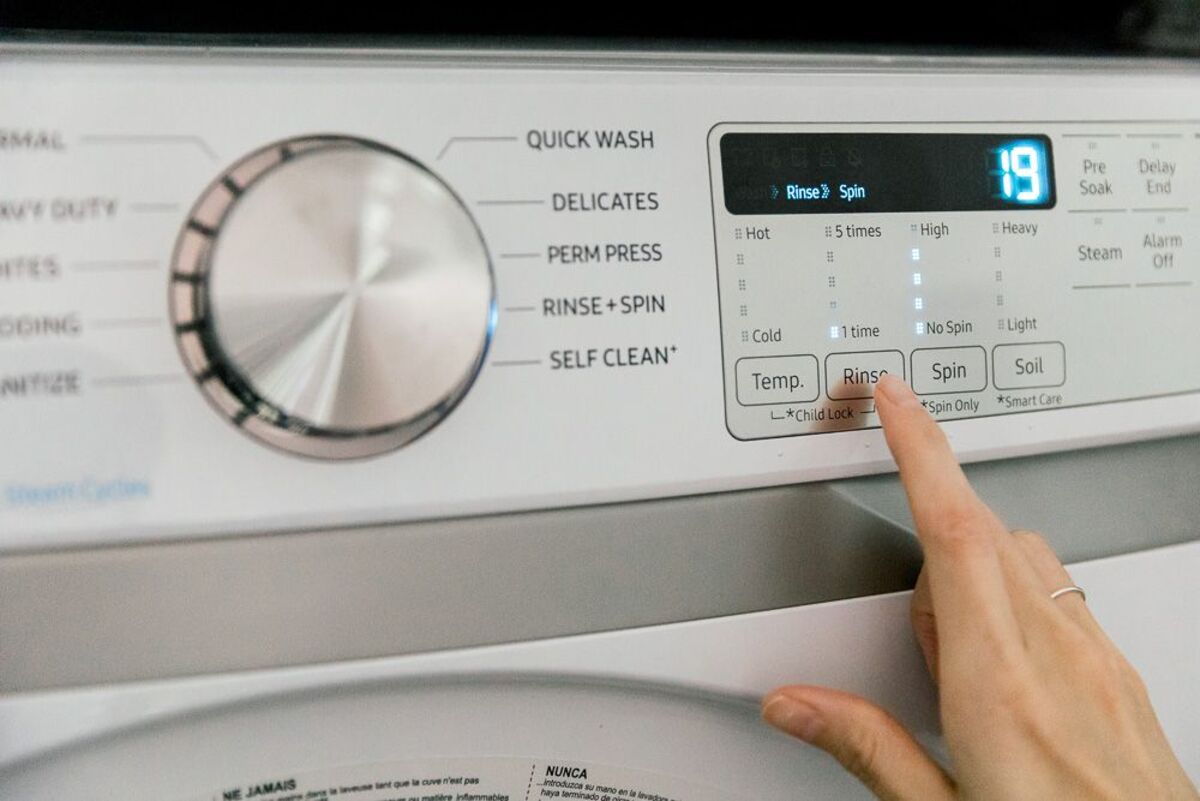
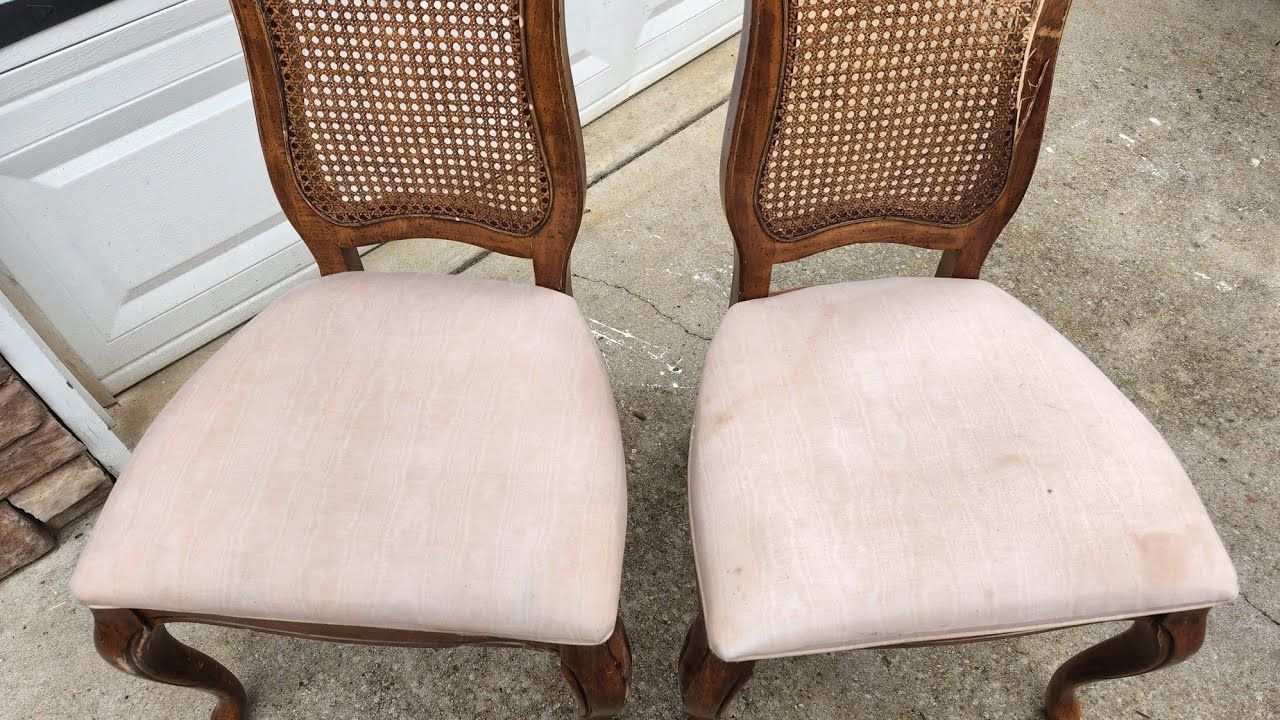
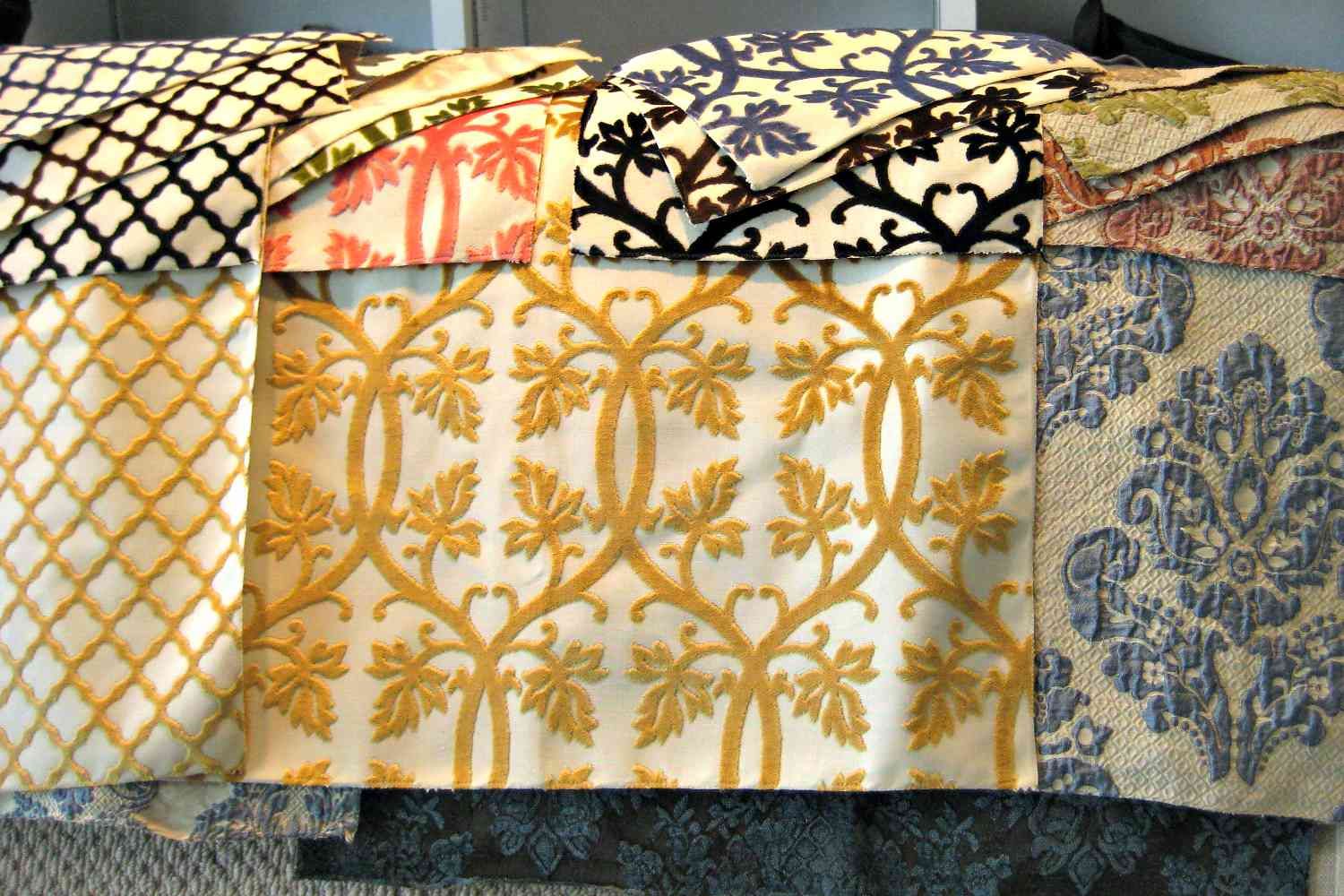
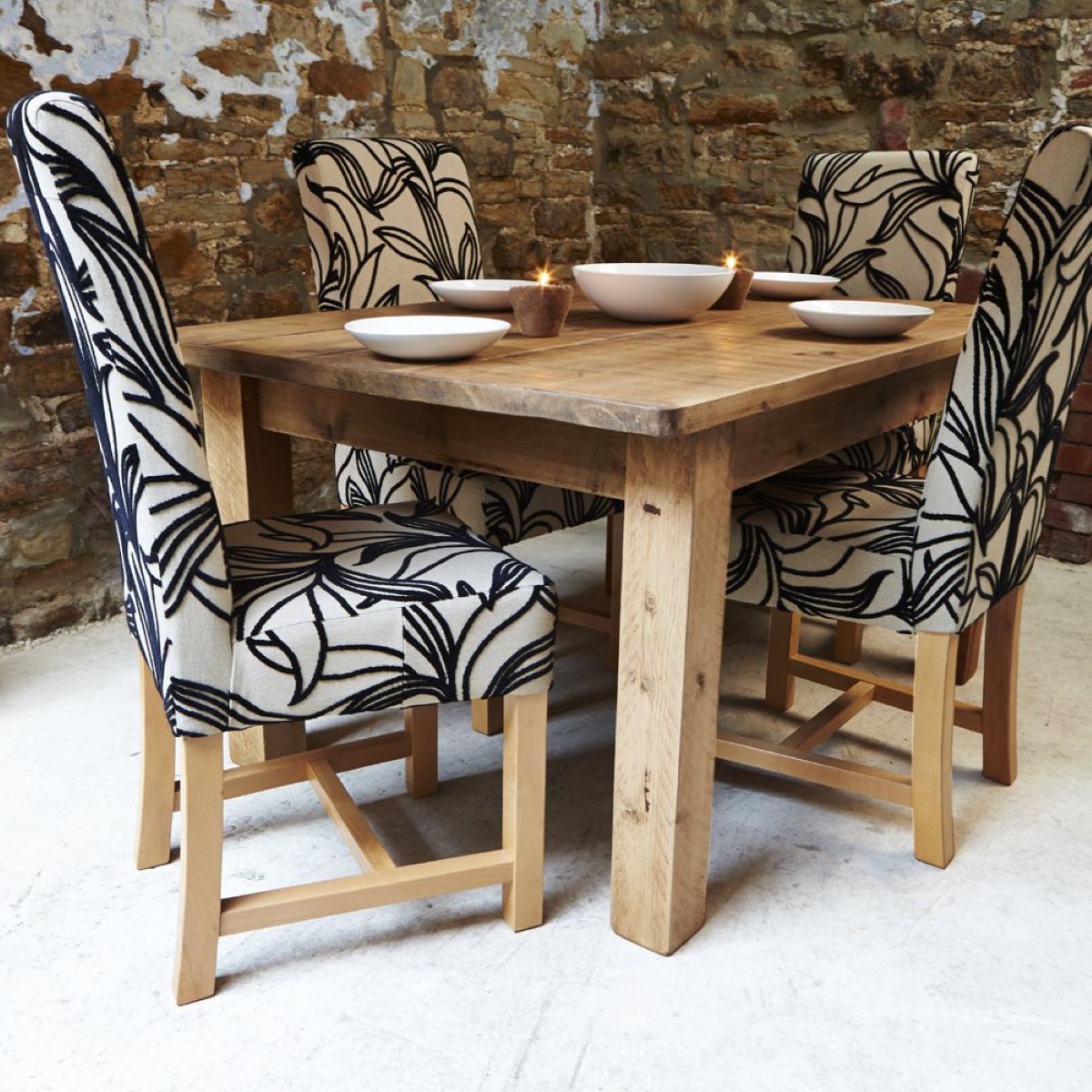

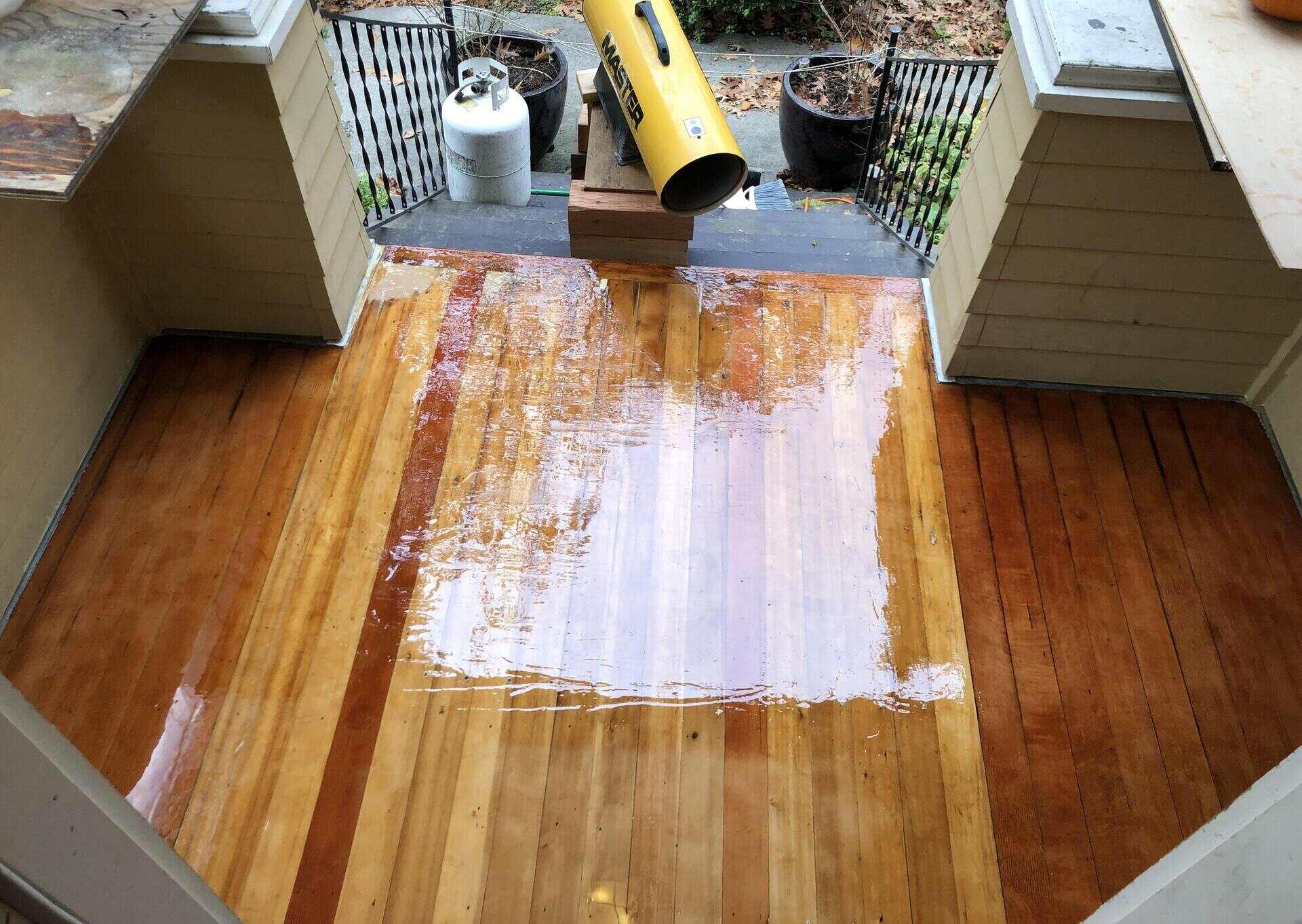
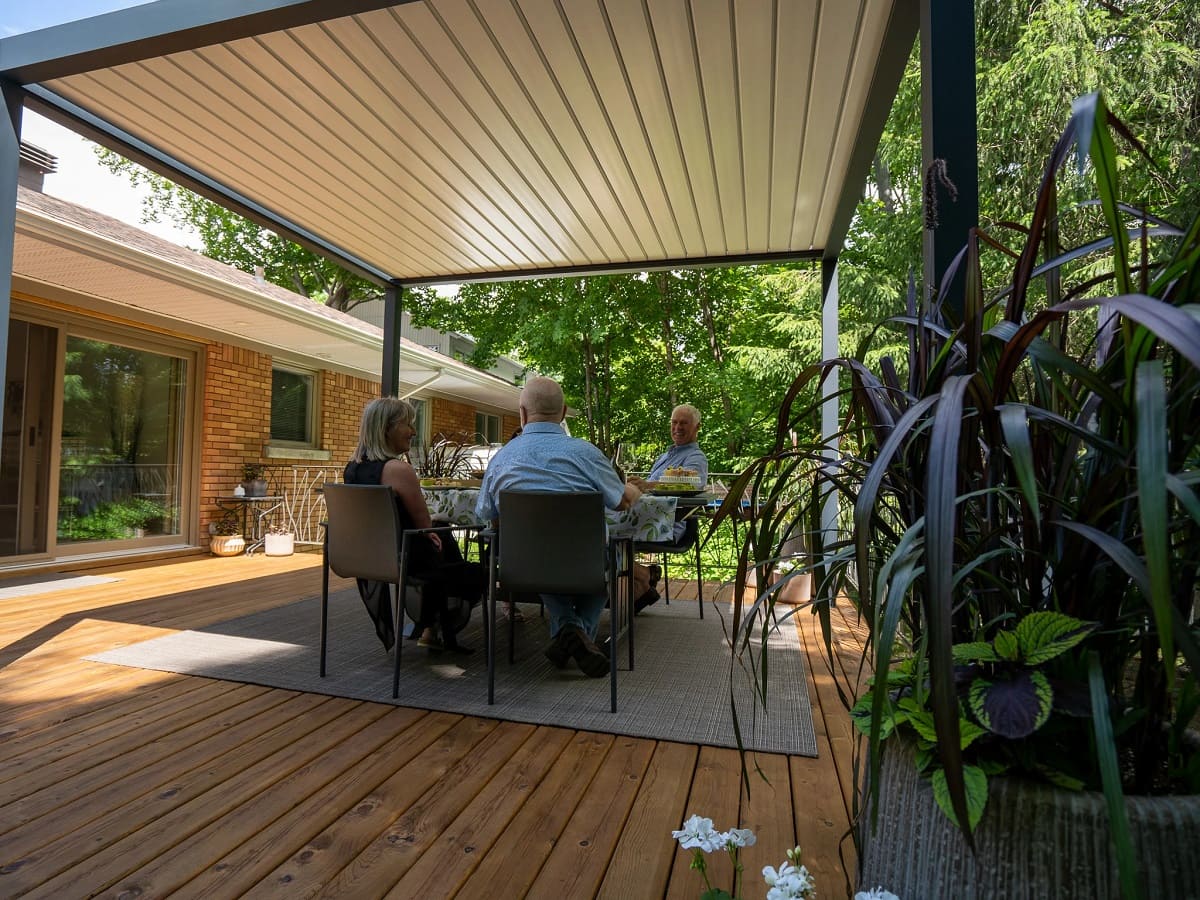
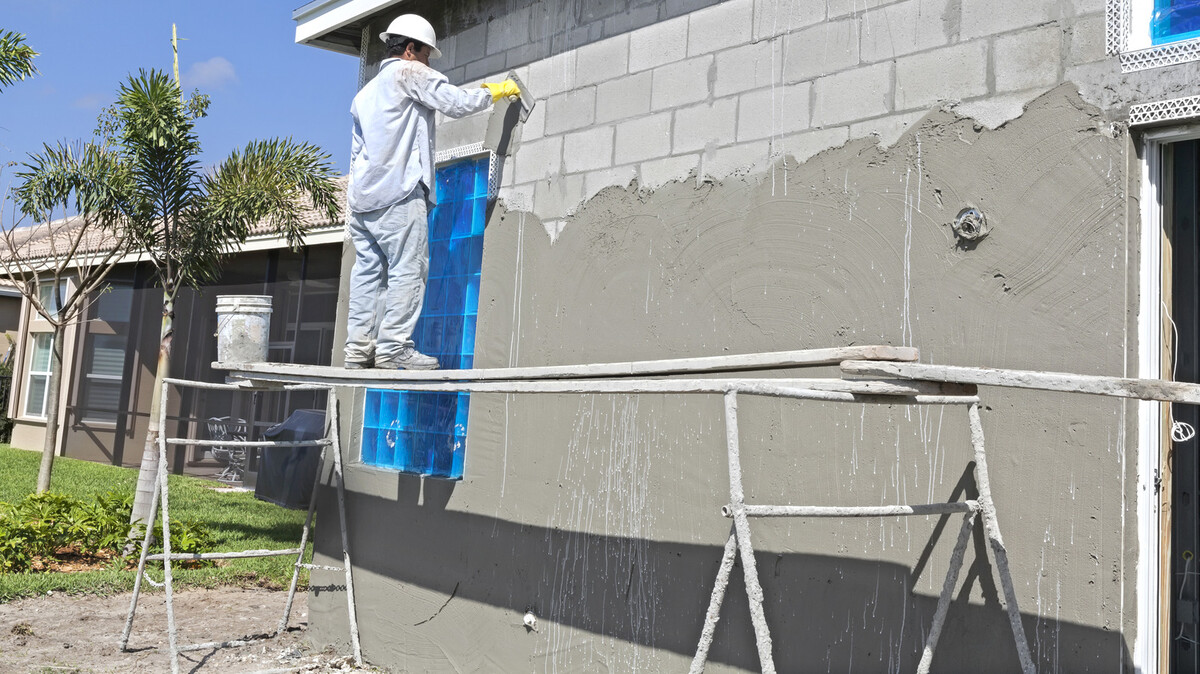

0 thoughts on “How To Waterproof Home Decor Fabric”